The Fossa: Apex Predator of Madagascar
The fossa (Cryptoprocta ferox) is a fascinating and elusive carnivorous mammal endemic to the island of Madagascar. As the largest predator on the island, the fossa plays a crucial role in the delicate balance of the Malagasy ecosystem. Resembling a cross between a cat and a mongoose, this unique creature possesses a sleek, muscular body, a long tail for balance, and retractable claws for gripping prey.
Habitat and Distribution
The fossa is endemic to the island of Madagascar, meaning it is found nowhere else in the world. Within this unique island ecosystem, fossas have adapted to a variety of habitats, demonstrating their flexibility and resilience. However, they primarily inhabit forested regions, showcasing a preference for dense vegetation and ample tree cover.
Fossas exhibit a strong preference for undisturbed, pristine forests, where their natural prey is abundant, and the intricate forest structure provides ample opportunities for hunting, shelter, and breeding. These undisturbed habitats offer ideal conditions for fossas to thrive, with dense canopies providing cover from aerial predators and a complex understory offering hiding places for ambushing prey.
While fossas demonstrate adaptability by persisting in a range of forest types, including dry deciduous forests, rainforests, and spiny forests, their populations tend to be denser in areas with less human disturbance. The presence of old-growth forests, characterized by large, mature trees and complex vegetation structures, is particularly crucial for supporting healthy fossa populations. These forests provide the necessary resources and structural complexity that fossas have evolved to rely upon.
Unfortunately, fossas face significant threats due to habitat loss and fragmentation, primarily driven by deforestation for agriculture, logging, and mining. As forests are cleared and fragmented, fossas lose their essential hunting grounds, shelter, and connectivity between populations. This habitat degradation forces them into closer proximity to human settlements, leading to increased conflict and potential for retaliatory killings. Conservation efforts for the fossa must prioritize habitat protection and restoration to ensure the long-term survival of this iconic Malagasy predator.
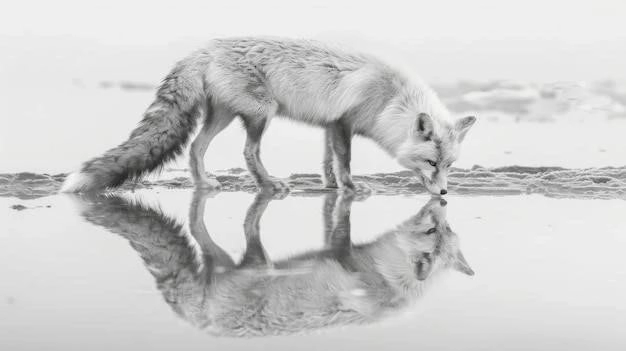
Physical Characteristics and Adaptations
The fossa, Cryptoprocta ferox, possesses a unique combination of physical characteristics that make it a formidable predator and perfectly adapted to its life in the diverse habitats of Madagascar. Its appearance often draws comparisons to cats, with its sleek, muscular body, short, dense fur, and agile movements. However, its evolutionary lineage places it closer to mongooses and civets, making it a truly remarkable example of convergent evolution, where unrelated animals develop similar traits in response to similar ecological pressures.
A fossa’s body is typically 70-80 cm long, excluding the tail, which can be almost as long as the body itself. This exceptionally long tail, reaching up to 70 cm, acts as a crucial balancing tool as the fossa navigates the complex three-dimensional world of the forest canopy. It provides stability during leaps, aids in agility while maneuvering through branches, and contributes to the animal’s overall balance during rapid pursuits.
Their limbs are relatively short but powerful, allowing for explosive bursts of speed and incredible agility both on the ground and in the trees. Retractable claws, similar to those of cats, provide a secure grip on branches, tree trunks, and prey. These claws are sharp and curved, aiding in climbing and hunting, enabling them to scale vertical surfaces with remarkable ease and secure their grip on struggling prey.
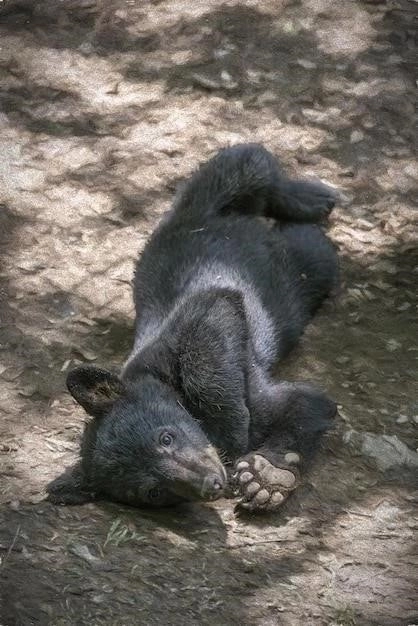
Fossas exhibit sexual dimorphism, with males being noticeably larger than females. Males can weigh up to 10 kg, while females are generally smaller, averaging around 7 kg. Their fur is typically a uniform reddish-brown on the upperparts, fading to a paler cream or yellowish color on the underparts. This coloration provides effective camouflage in the dappled light of the forest floor and understory.
Their heads are relatively small and rounded, with short muzzles and prominent, rounded ears. These features contribute to their overall cat-like appearance. Their senses are highly developed, with keen eyesight, excellent hearing, and a strong sense of smell, all of which are crucial for detecting prey and navigating their environment. These adaptations, combined with their intelligence and opportunistic hunting strategies, make fossas highly successful predators within the unique ecosystem of Madagascar.
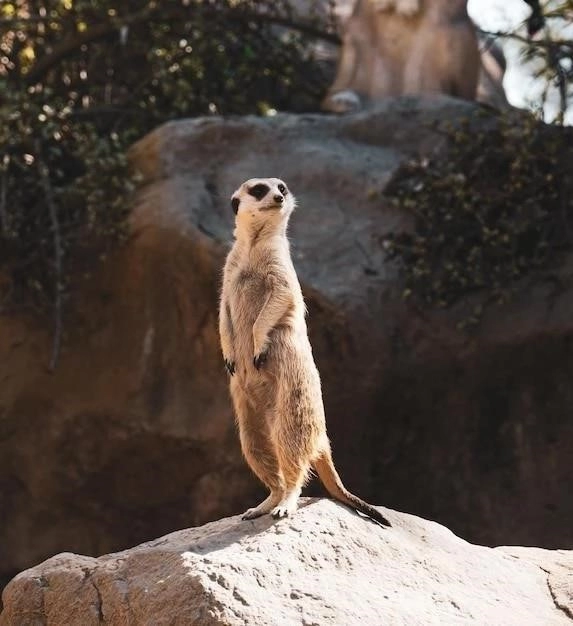
Dietary Habits
The fossa, Cryptoprocta ferox, stands as the apex predator in Madagascar’s unique ecosystem, showcasing a highly specialized carnivorous diet. This dietary specialization is intrinsically linked to the island’s faunal composition, with lemurs, a group of primates endemic to Madagascar, comprising a significant portion of their prey.
Lemurs of various sizes, from the smallest mouse lemurs to the larger indri, are a mainstay in the fossa’s diet. Studies have revealed that lemurs can constitute over 50% of a fossa’s prey, highlighting their significance as a primary food source. Fossas are known to consume all lemur species, demonstrating their ability to hunt both arboreally and terrestrially. Their hunting techniques vary depending on the lemur species targeted, showcasing their adaptability as predators.
While lemurs hold a prominent place in their diet, fossas are opportunistic carnivores, meaning they will capitalize on other prey when available. Their diet also includes a variety of animals, such as tenrecs, rodents, birds, reptiles (including snakes and lizards), and amphibians. This diverse prey selection reflects their adaptability and ability to thrive in a range of habitats, exploiting a variety of food sources within their territory.
Fossas are solitary hunters, relying on their stealth, agility, and powerful hunting skills to stalk and capture prey. Their hunting strategies vary depending on the prey and environment, ranging from ambush tactics to persistent chases through the forest canopy. They are known to consume seeds occasionally, likely ingested indirectly through the digestive tracts of their prey or as a supplementary food source. This flexible and opportunistic approach to their diet underscores their role as a keystone species, regulating prey populations and maintaining the ecological balance within Madagascar’s delicate ecosystems.
Hunting Techniques and Prey
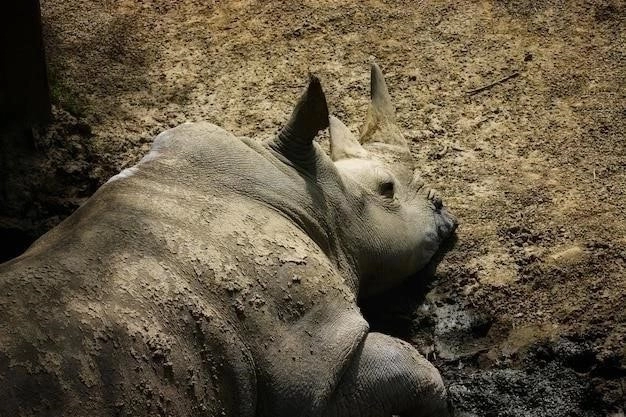
The fossa, Cryptoprocta ferox, reigns as Madagascar’s largest carnivorous mammal, and its hunting prowess is a testament to its position at the apex of the island’s food chain. Exhibiting a combination of agility, stealth, and raw power, fossas employ a diverse range of hunting techniques tailored to their prey and environment. Their hunting strategies showcase their adaptability and effectiveness as solitary predators in a complex ecosystem.
A fossa’s hunting style is often dictated by the habits of its primary prey: lemurs. When targeting arboreal lemurs, fossas demonstrate their exceptional climbing abilities. They rely on their sharp, retractable claws to scale trees silently and swiftly, often pursuing their prey through the canopy with astonishing speed. Their long tails act as counterbalances, providing agility and stability as they navigate the intricate network of branches.
For terrestrial lemurs or other ground-dwelling prey, fossas utilize a more stealthy approach. They rely on their keen senses of smell and hearing to locate prey, moving silently through the undergrowth before launching a sudden, swift attack. Their powerful limbs propel them forward in bursts of speed, while their strong jaws and sharp teeth deliver a fatal bite, often targeting the neck or head of their prey.
Fossas are known to be persistent hunters, often chasing their prey over considerable distances and even digging them out of burrows if necessary. Their tenacity and adaptability are key to their success in securing a meal. Their hunting strategies demonstrate their capacity to exploit a variety of food sources within their territory, contributing to their role as a keystone species in Madagascar’s unique and fragile ecosystems.
Social Structure and Territoriality
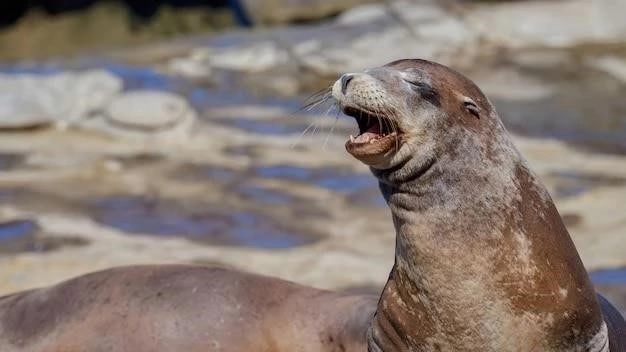
The fossa, Cryptoprocta ferox, generally exhibits a solitary social structure, a characteristic common to many apex predators. While they may engage in brief periods of social interaction, particularly during the breeding season, fossas primarily lead independent lives, navigating their territories and hunting alone. This solitary existence reflects their adaptation to a lifestyle where resources, particularly prey, may be dispersed and require individual hunting strategies.
Fossas are highly territorial animals, maintaining well-defined home ranges that they actively defend from rivals. The size of these territories can vary depending on factors such as habitat quality, prey availability, and individual sex. Male fossas typically have larger home ranges than females, which often overlap with the ranges of multiple females. This overlap suggests a polygynous mating system, where males may mate with multiple females within their territory.
Scent marking plays a crucial role in fossa territoriality and communication. They possess scent glands on their chest and anal regions, which they use to deposit pungent secretions on trees, rocks, and other prominent objects within their territories. These scent marks serve as chemical signals, conveying information about an individual’s presence, sex, reproductive status, and territorial boundaries to other fossas in the area.
While confrontations between fossas are relatively rare due to their solitary nature, territorial disputes can arise, particularly between males during the breeding season. These encounters may involve vocalizations, such as growls and hisses, as well as physical displays of aggression. However, actual fights are uncommon, as fossas tend to avoid potentially injurious conflicts. Their solitary social structure and well-defined territories are integral to their ecological role as apex predators, ensuring sufficient resources and minimizing competition within their habitat.
Reproduction and Life Cycle
The fossa, Cryptoprocta ferox, exhibits a unique and fascinating reproductive biology that reflects its adaptation to the seasonal environments of Madagascar. Unlike many other carnivores, fossas have a relatively short and defined breeding season, typically occurring between September and October. This period coincides with the transition from the dry season to the wetter, more resource-abundant time of year, ensuring optimal conditions for raising offspring.
During the breeding season, female fossas signal their receptivity through scent marking and vocalizations, attracting males to their territories. Males compete for access to receptive females, engaging in vocal displays and sometimes physical confrontations. Once a female has chosen a mate, they will copulate for an extended period, sometimes up to an hour. Interestingly, fossas exhibit a behavior known as “mating copulatory tie,” where the male and female remain physically locked together for a period after copulation.
Following a gestation period of roughly three months, female fossas give birth to a litter of one to six pups. Unlike their adult counterparts, fossa pups are born blind and helpless, relying entirely on their mother’s care for survival. The female fossa prepares a den in a secluded location, such as a hollow log, a rock crevice, or a dense thicket, providing shelter and protection for her vulnerable offspring.
Fossa pups develop relatively slowly compared to other carnivores of similar size. They open their eyes at around two weeks of age and begin to eat solid food at around one month, gradually transitioning from their mother’s milk to meat. The mother fossa is solely responsible for raising the pups, providing them with food, warmth, and protection from predators. The pups remain with their mother for up to a year, learning essential survival skills, such as hunting and navigating their environment. They reach sexual maturity at around three to four years of age, at which point they disperse to establish their own territories. This extended period of maternal care is crucial for the survival and successful recruitment of young fossas into the population.
Conservation Status and Threats
The fossa, Cryptoprocta ferox, faces a precarious future, classified as “Endangered” on the IUCN Red List of Threatened Species. This designation reflects the significant challenges confronting this unique predator, primarily stemming from human-induced habitat loss and fragmentation. The future of the fossa hinges on comprehensive conservation efforts to mitigate these threats and ensure the long-term survival of this iconic species.
The primary driver of fossa population decline is deforestation. As Madagascar’s forests are cleared for agriculture, logging, and mining, fossas lose their essential habitat, including hunting grounds, denning sites, and travel corridors. This habitat fragmentation isolates populations, reducing genetic diversity and making them more vulnerable to local extinctions. Additionally, as their natural prey populations decline due to habitat loss, fossas may come into conflict with humans by preying on livestock, leading to retaliatory killings.
Hunting poses another significant threat to fossa populations. Although protected under Malagasy law, fossas are sometimes hunted for their meat or in retaliation for livestock depredation. In some areas, they are also persecuted due to traditional beliefs or superstitions. This persecution, coupled with habitat loss, has resulted in a concerning decline in fossa numbers, particularly in unprotected areas.
Addressing the threats facing the fossa requires a multifaceted approach. Protecting remaining forests through the establishment and effective management of protected areas is crucial. Equally important are efforts to promote sustainable land management practices that minimize deforestation and reduce human-wildlife conflict. Raising awareness among local communities about the importance of fossa conservation and fostering tolerance for this often-misunderstood predator is also essential for long-term success.
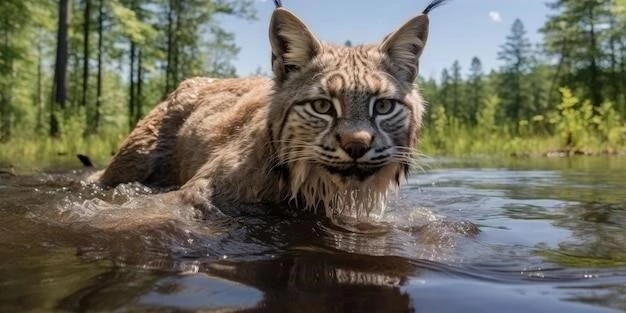
Myths and Cultural Significance
The fossa, Cryptoprocta ferox, occupies a unique position within the cultural landscape of Madagascar, intertwined with folklore, traditional beliefs, and a degree of apprehension. As the largest carnivore on an island steeped in ancient traditions, the fossa has captivated imaginations and inspired a range of narratives, some based on genuine observations of its behavior, others rooted in mythology and folklore. Understanding these cultural perceptions is essential for fostering coexistence between humans and this iconic predator.
In some Malagasy communities, the fossa is viewed as a fearsome creature, often associated with negative connotations. Tales abound of fossas attacking livestock, raiding villages, and even snatching infants from their cradles. These stories, passed down through generations, often stem from real encounters between humans and fossas, particularly in areas where habitat encroachment and livestock depredation lead to conflict. However, these accounts often become embellished, contributing to a perception of the fossa as a dangerous and malevolent animal.
Conversely, in other regions, the fossa is regarded with a degree of respect, even reverence. Some communities view it as a symbol of strength, agility, and wilderness, embodying the untamed spirit of Madagascar’s forests. In certain traditional beliefs, the fossa is considered a fady, a taboo animal that should not be harmed or killed. These beliefs, rooted in ancient customs and respect for the natural world, can offer a degree of protection for the species.
Efforts to conserve the fossa must navigate these complex cultural perceptions. By acknowledging traditional beliefs, engaging with local communities, and promoting understanding of the fossa’s ecological importance, conservationists can work towards fostering coexistence and ensuring the long-term survival of this culturally significant predator. Bridging the gap between science-based conservation and local knowledge is essential for fostering a future where humans and fossas can thrive alongside one another in Madagascar’s unique and biodiverse landscape.
Fossas in Captivity
Maintaining fossas, Cryptoprocta ferox, in captivity presents unique challenges and responsibilities for zoos and animal care professionals. As a highly specialized predator with complex social behaviors and demanding spatial needs, replicating their natural environment and providing appropriate enrichment within the confines of captivity is crucial to ensure their physical and psychological well-being.
Creating suitable enclosures for fossas requires careful consideration of their natural history. Spacious habitats with ample vertical space are essential to accommodate their arboreal tendencies. Enclosures should feature a variety of climbing structures, such as branches, logs, and platforms, that mimic the complex structure of their natural forest canopy. Providing ample ground-level space is equally important, allowing for exploration, scent-marking, and opportunities to engage in natural hunting behaviors.
Dietary needs in captivity must closely mirror their wild diet. Zoos typically provide a carefully balanced diet consisting of commercially produced carnivore food, supplemented with whole prey items like rodents, rabbits, and poultry. Enrichment through food variety and presentation is vital to stimulate their natural foraging instincts. Puzzle feeders, scattered food items, and occasional live prey can encourage exploration and problem-solving behaviors.
Social considerations are paramount when managing fossas in captivity. While solitary by nature, fossas can benefit from controlled social interactions, particularly during breeding season. Zoos carefully manage breeding programs to maintain genetic diversity within captive populations, contributing to the long-term conservation of the species.
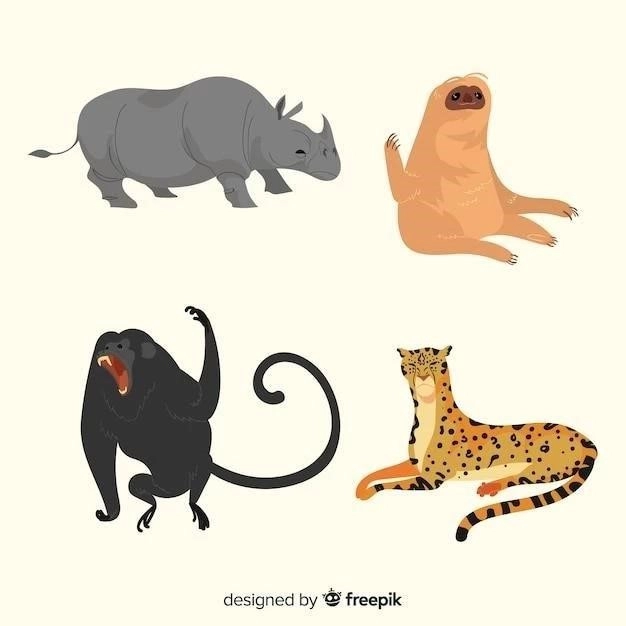
The role of fossas in captivity extends beyond simply maintaining their welfare. Zoos play a crucial role in educating the public about fossas, dispelling myths, and fostering appreciation for this unique and threatened predator. Through educational programs and carefully designed exhibits, zoos can highlight the ecological importance of fossas in Madagascar’s ecosystem and inspire support for conservation efforts to protect them in the wild.










